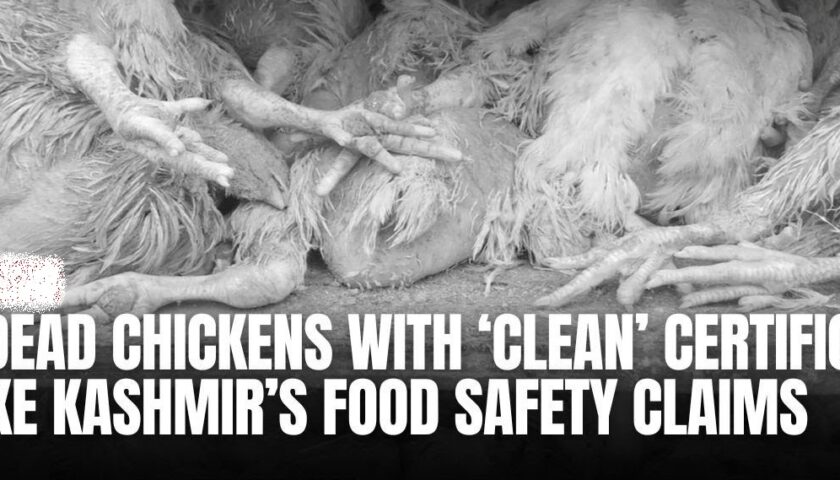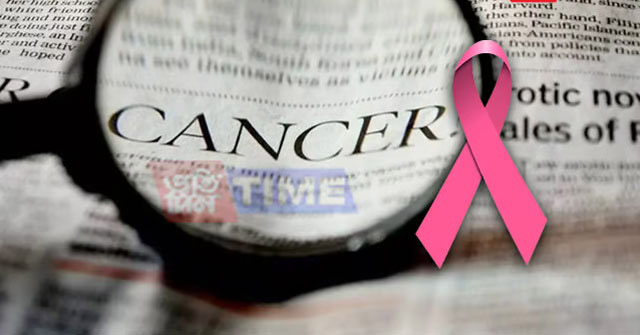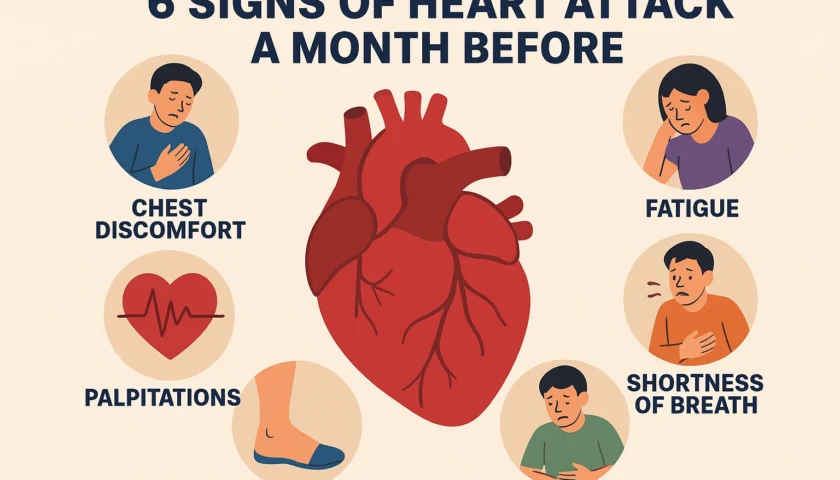Heatwave Health Crisis in Kashmir: Children Hit Hard as Illnesses Surge Amid Soaring Temperatures
By: Javid Amin | Srinagar | 06 July 2025
Heatwave Health Crisis in Kashmir: Children Bear the Brunt of a Climate Emergency
As temperatures in Kashmir breach historical records, another less visible but equally urgent crisis is unfolding—one that is overwhelming hospitals, threatening lives, and targeting the most vulnerable: our children.
With heat exceeding 37°C in many districts, gastrointestinal infections, dehydration, and heat-related illnesses are spreading rapidly. Experts are raising red flags about contaminated water, poor hygiene, unsafe transport systems, and the dangerous lack of climate-adapted public infrastructure.
Illnesses on the Rise: A Worrying Trend Among Children
Hospitals and private clinics across the Valley are reporting a sharp increase in child patients presenting with:
- Diarrhoea and vomiting
- Severe dehydration
- Typhoid and hepatitis A
- Heat exhaustion and heat stroke
These cases often require urgent IV rehydration or hospital admission.
Why Are Children More Vulnerable?
Children’s bodies differ physiologically from adults in several ways:
- Higher body surface area-to-weight ratio: This causes them to lose water faster.
- Immature thermoregulation: Their ability to regulate body temperature is not fully developed.
- Dependency on adults: They can’t hydrate or protect themselves without guidance.
Dr. Muzaffar Jan, former Head of Paediatrics at Government Medical College Srinagar, emphasizes, “Heat stress in children escalates quickly. They can go from slightly tired to severely dehydrated within hours.”
Waterborne Diseases: A Deadly Combination of Heat and Contamination
One of the key drivers of the current health crisis is unsafe water. As temperatures rise, microbial activity in stagnant or contaminated water sources multiplies.
Faecal Contamination on the Rise
- Unfiltered and untreated water from damaged or uncovered pipelines is a hotbed for pathogens.
- Villages and even peri-urban areas are seeing outbreaks of diarrhoeal illnesses, especially among children.
Prof. Jan warns: “We’ve seen multiple water samples test positive for E. coli and other harmful bacteria.”
Contaminated Food: Summer’s Hidden Danger
Summer heat accelerates the spoilage of food, especially when:
- Fruits are cut and left out
- Meals are cooked and stored improperly
- Children consume street food or snacks bought outside
According to pediatricians, these practices are contributing to infections such as gastroenteritis, food poisoning, and bacterial fevers.
Expert Tips:
- Avoid cut fruits like watermelon or papaya sold on streets
- Wash fruits thoroughly before eating
- Always prepare fresh meals and avoid leftovers
“Don’t keep food for the next day, especially in this heat,” Prof. Jan warns.
Heat Stroke and Exhaustion: When the Body Fails to Cool
Apart from infections, doctors are treating direct consequences of extreme heat, including:
- Heat stroke
- Heat exhaustion
- Syncope (fainting)
These conditions can lead to permanent damage or death if not addressed in time.
Symptoms to Watch For
- Sudden weakness
- High fever without infection
- Rapid breathing and pulse
- Lack of sweating despite the heat
Who’s at Risk?
- School children commuting during peak hours
- Outdoor workers and vendors
- Elderly citizens with comorbidities
Unsafe School Transport and Infrastructure: A Time Bomb
As schools prepare to reopen, experts are raising alarms over inadequate infrastructure:
Cramped Vans & Unsafe Commuting
- Overcrowded, poorly ventilated vans amplify heat stress
- Lack of drinking water and sanitation inside school buses
Heat-Risky School Environments
- Schools with no shade, no cool air, and no hydration stations
- Children playing outdoors during peak heat hours
Risky Summer Activities
- Recreational trips to parks and fields without medical backup
- Physical training or sports in the open sun
“Outside activities must be suspended during this heatwave,” a senior pediatrician said.
What Can Families Do? Prevention Tips from Pediatricians
1. Hydration is Key
- Give water frequently, even if the child doesn’t ask
- Use ORS (Oral Rehydration Solution) during vomiting or diarrhoea
2. Dress Smartly
- Light cotton clothing
- Avoid layering, especially for newborns
3. Watch What They Eat
- Cook fresh food
- Avoid raw or half-cooked meals
4. Indoor Play Only
- No games in parks during peak heat (11 AM–4 PM)
5. Maintain Hygiene
- Handwashing before meals
- Clean water and utensils
6. Avoid Crowded Clinics
- Use telemedicine where possible to reduce exposure
The Public Health Response: What’s Being Done?
The government has initiated several short-term and emergency actions:
- Health advisories across media platforms
- Free ORS distribution at government clinics
- Monitoring of water sources
But Long-Term Measures Are Needed:
- Upgrading water infrastructure
- Making summer holidays climate-sensitive
- Revamping school transport regulations
- Mass awareness campaigns
Voices from the Community
Shazia Malik, a mother from Rainawari:
“My child was admitted for dehydration. We had no idea he was that unwell until he fainted. Now we make sure he drinks water every hour.”
Dr. Bilal Ahmad, a pediatrician in Pulwama:
“Most cases we get now are preventable—if parents and teachers just follow basic summer precautions.”
Final Word: A Heatwave Is Not Just a Weather Event, It’s a Public Health Emergency
Kashmir’s scenic valleys and cool breeze are rapidly giving way to climate extremes that our systems are unprepared for. The rising cases of child illness during this heatwave are a wake-up call for:
- Policymakers
- School authorities
- Parents
- Water and sanitation departments
This isn’t just a blip—it’s a trend. And unless we climate-proof our healthcare, infrastructure, and daily habits, children will remain the first casualties.
Let’s act while we can—because every degree hotter is a degree closer to danger.




